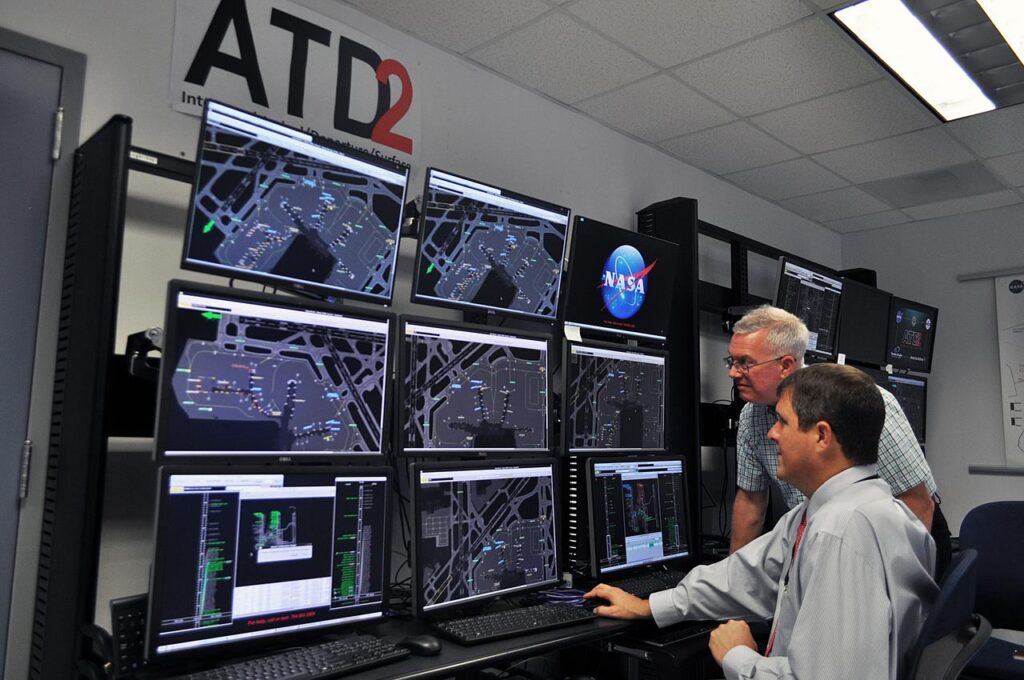The Federal Aviation Administration (FAA) and NASA have announced that testing has been completed on software that enhances the FAA’s Terminal Flight Data Manager (TFDM) by reducing fuel burn and taxi times.
The software reduces taxi times by calculating gate pushbacks at busy hub airports, which enables planes to roll directly to the runway and take off. By minimizing delays and ramp congestion in this way, the program reduces fuel burn and CO2 emissions.
This initiative was designed by NASA and tested by FAA as a part of the Biden-Harris administration’s goal to build a sustainable aviation system. Over the four years of testing at Charlotte Douglas International Airport, the program reduced taxi times that helped save more than 275,000 gallons of fuel annually – the fuel burn equivalent of 185 flights between New York and Chicago by a Boeing 737. The program also reduced greenhouse gas emissions by 8 tons of CO2 daily, and reduced delays by saving 916 hours of wating time for departing flights on taxiways across four years.
The FAA will roll out the enhanced TFDM, which will include this new push-back capability, at 27 hub airports across the USA. When completed, the FAA anticipates a saving of more than 7 million gallons of fuel every year and the elimination of more than 75,000 tons of CO2 emissions annually.
NASA administrator Bill Nelson said, “NASA is developing transformative technologies that will revolutionize the aviation sector as we know it. This air traffic scheduling technology enhances aircraft efficiency and improves dependability for passengers every day. I’m excited that the software NASA developed for air traffic controllers and airlines will be soon rolled out at airports across the country.”
FAA’s administrator, Steve Dickson, said, “The future of flight must be more sustainable and environmentally friendly. This new capability as part of a flight merging system has a double benefit: it reduces aircraft emissions and ensures that air travelers experience more punctual departures.”
An animation of how the software works can be viewed at https://www.youtube.com/watch?v=XD16pCQWYeA.


